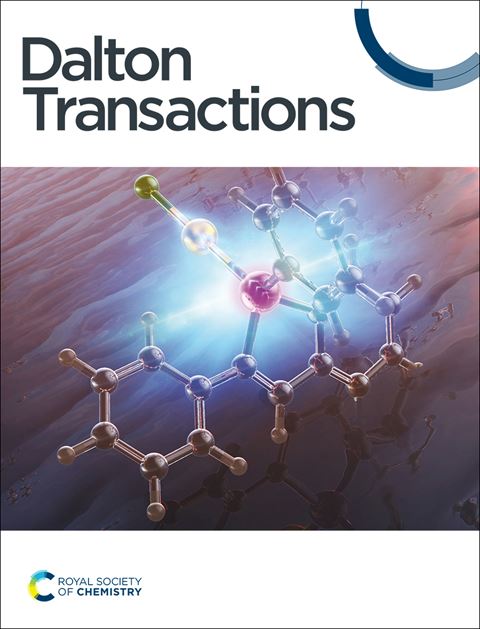用于高摩擦催化水净化的非压电SiO2非晶纳米材料
IF 3.5
3区 化学
Q2 CHEMISTRY, INORGANIC & NUCLEAR
引用次数: 0
摘要
SiO2广泛存在于地球的岩层中,是地球上分布最彻底的天然矿产资源之一。本文通过实验设计了非压电非晶SiO2矿物纳米颗粒,用于在400~1200 rpm低速搅拌提供的机械摩擦下有效地摩擦催化降解染料。催化剂表面与搅拌棒之间的摩擦产生这些正电荷和负电荷,分别与染料溶液中的氢氧化物和氧反应生成一些活性物质,从而产生摩擦催化降解有机染料。采用无定形SiO2矿物纳米颗粒催化剂,在1000 rpm下机械搅拌6 h后,可明显降解~95.2%的罗丹明B染料。这些自由基捕获实验表明·OH和·O2-是主要的活性物质。此外,增加接触面积或摩擦接触界面的粗糙度有助于提高摩擦催化性能。经过3次循环后,SiO2纳米颗粒仍能降解~89.2%的RhB染料。低成本SiO2矿物纳米颗粒具有广泛分布的优点,有潜力收集环境常见的机械摩擦能,用于有机污染降解。本文章由计算机程序翻译,如有差异,请以英文原文为准。
Non-piezoelctric SiO2 amorphous nanomaterials for highly tribocatalytic water purification
Being widely available in the rock layers of the earth, SiO2 is among the earth's most thoroughly distributed natural mineral resources. Here, the non-piezoelectric amorphous SiO2 mineral nanoparticles have been experimentally designed for the efficiently tribocatalytic dye degradation under mechanical friction provided by the 400~1200 rpm low-velocity stirring. The friction between the catalysts’ surface and the stirring rod leads to the generation of these positive and negative charges to respectively react with the hydroxide and oxygen in the dye solution to produce some active substances, yielding to tribocatalytic organic dye degradation. After being mechanically stirred at 1000 rpm for 6 h using amorphous SiO2 mineral nanoparticle catalysts, ~95.2% Rhodamine B dye can be obviously degraded. These radical trapping experiments show that ·OH and ·O2- are the main active substances. Furthermore, increasing the contact area or the friction contact interface's roughness is helpful for enhancing the tribocatalytic performance. After 3 recycling cycles, the SiO2 nanoparticles can still degrade ~89.2% RhB dye. The low-cost SiO2 mineral nanoparticles, with these advantages of being widely distributed, are potential to harvest environmental common mechanical friction energy for the application of organic pollution degradation.
求助全文
通过发布文献求助,成功后即可免费获取论文全文。
去求助
来源期刊

Dalton Transactions
化学-无机化学与核化学
CiteScore
6.60
自引率
7.50%
发文量
1832
审稿时长
1.5 months
期刊介绍:
Dalton Transactions is a journal for all areas of inorganic chemistry, which encompasses the organometallic, bioinorganic and materials chemistry of the elements, with applications including synthesis, catalysis, energy conversion/storage, electrical devices and medicine. Dalton Transactions welcomes high-quality, original submissions in all of these areas and more, where the advancement of knowledge in inorganic chemistry is significant.
 求助内容:
求助内容: 应助结果提醒方式:
应助结果提醒方式:


